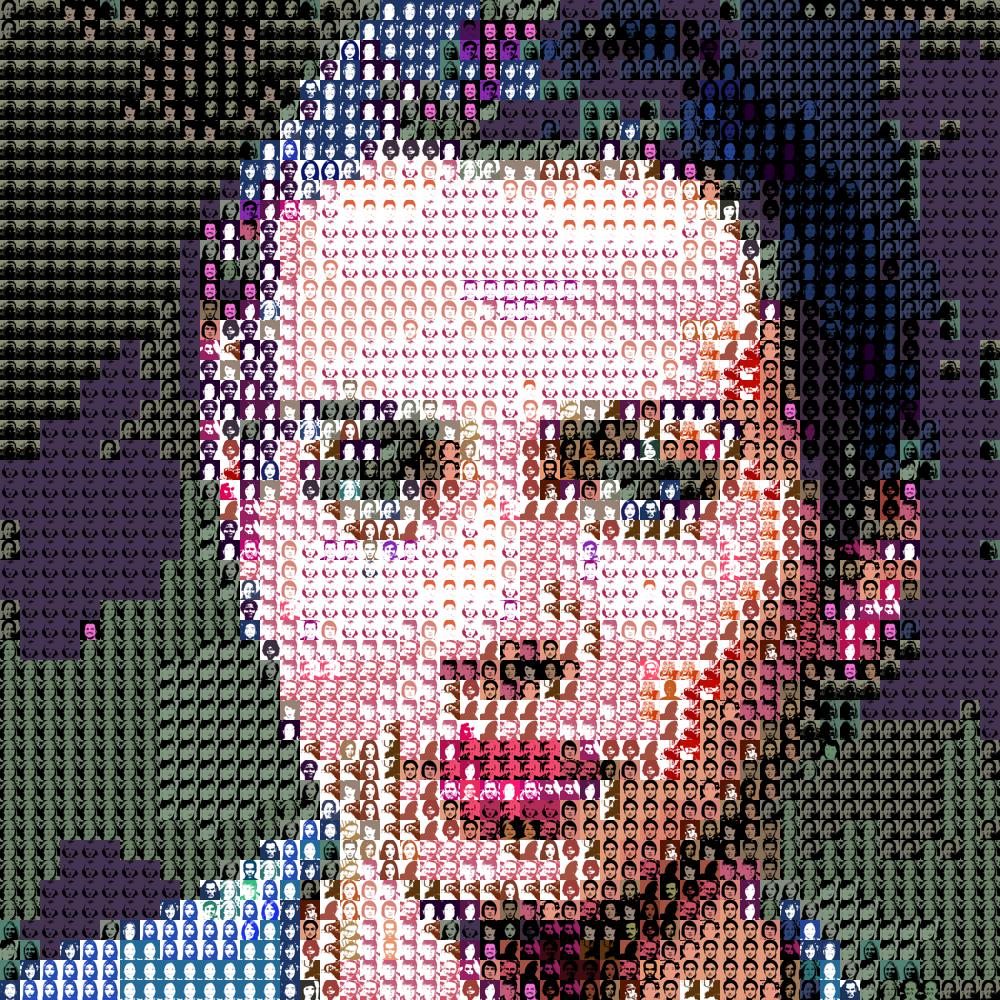Multi-stage AI Exploration of Gender
In Gender Tapestry, J. Rosenbaum investigates the fascinating connections between facial recognition, gender classification, and color perception. Similar to how different computer monitors present colors in varying ways, J posits that individuals perceive and experience gender uniquely. They explore the idea that our life experiences, cultural influences, and personal perspectives shape our understanding of gender.

In their innovative approach, J equates color with gender, seeking to provide individuals with a personalized blend of colors instead of conventional gender classifications.
J’s artistic practice thrives on orchestrating multiple AI systems within a complex network of multi-modal interaction. Throughout their research, J critically examines the limitations and exclusivity of gender classification. While Gender Tapestry initially aimed to revolutionize the perception of gender classification, it has also led J to a more enlightened understanding of gender itself—a better way to appreciate its fluidity and individuality.









To participate in Gender Tapestry, users have the opportunity to submit an image of their face. This image is processed through a multi-label classifier capable of working with various pronouns. Instead of receiving a traditional gender classification, users are presented with a custom mixed color based on the RGB color model. This unique color becomes a representation of their gender within the project.
The custom color is then utilized to create a simplified, Warhol-esque image that includes both light and dark variations. These generated images are incorporated into a diverse library of images—a dataset used to construct a vibrant mosaic of GAN-generated artwork. However, the user’s image serves a disruptive role within this process. It is introduced into the GAN to influence and modify the resulting output, adding an element of personal expression.
As more individuals are classified and participate in the project, additional colors are introduced into the library. This growth prompts both the GAN’s generated results and the mosaic itself to expand in complexity and diversity. The evolving mosaic becomes a dynamic representation of the collective experiences and identities of those engaged with the system, continually transforming and reflecting the richness of the gender tapestry being woven.
Gender Tapestry at ACMI
Gender Tapestry at Execute_Photography
As part of Photo2024 Gender Tapestry will be showing at Execute_Photography at RMIT Gallery. This is a chance to see the work as it operates longterm over the course of two months. Installation view photographs, execute_photography, RMIT Gallery, Melbourne, 2024. Photo by Christian Capurro.
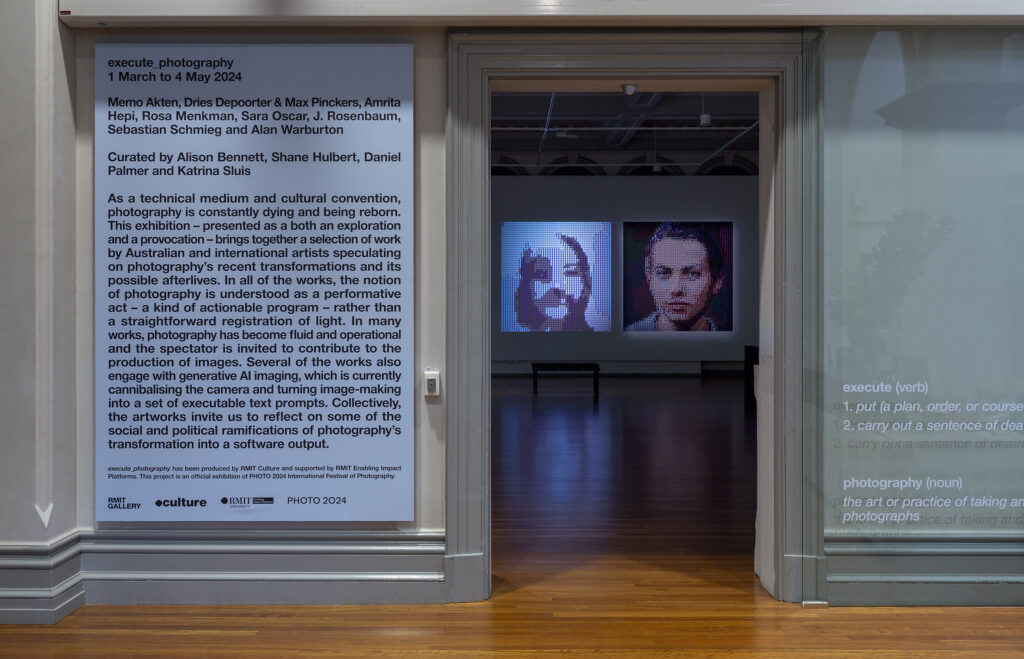
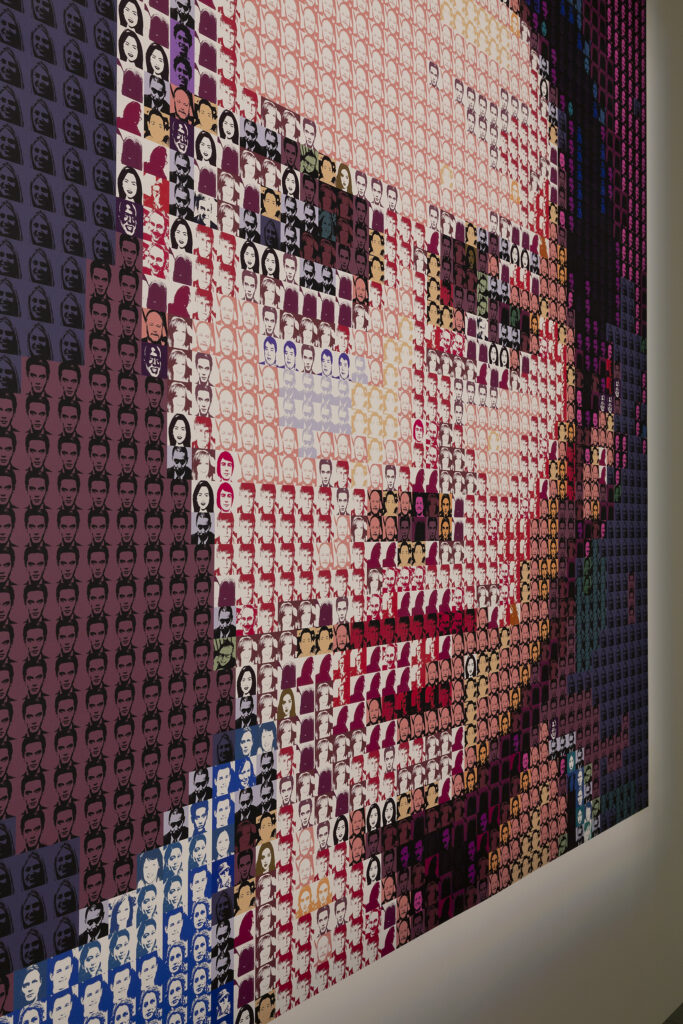
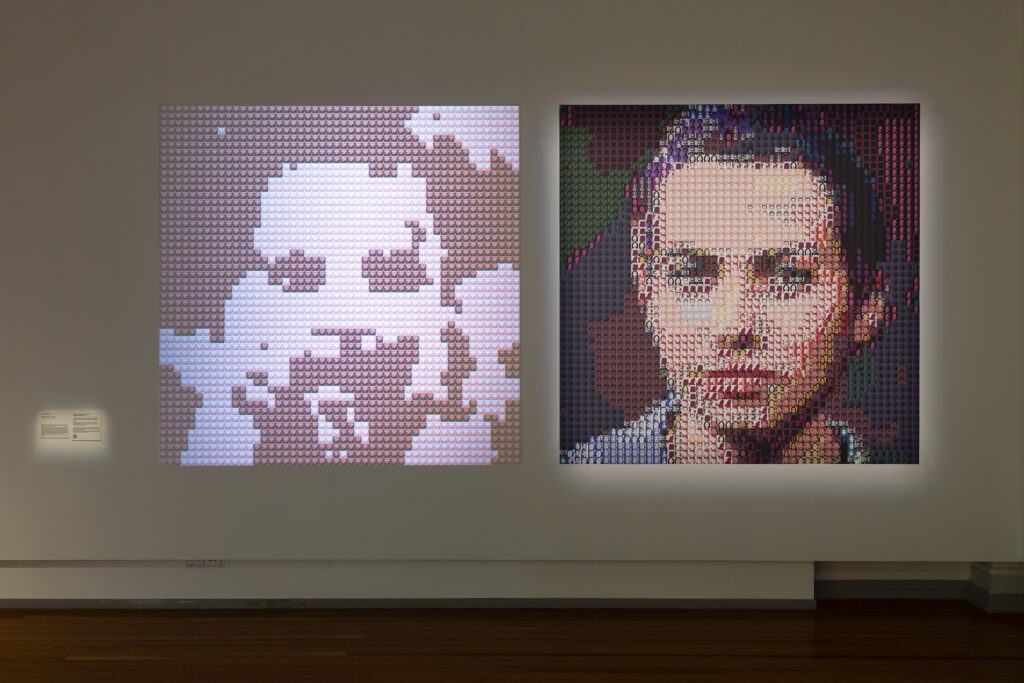
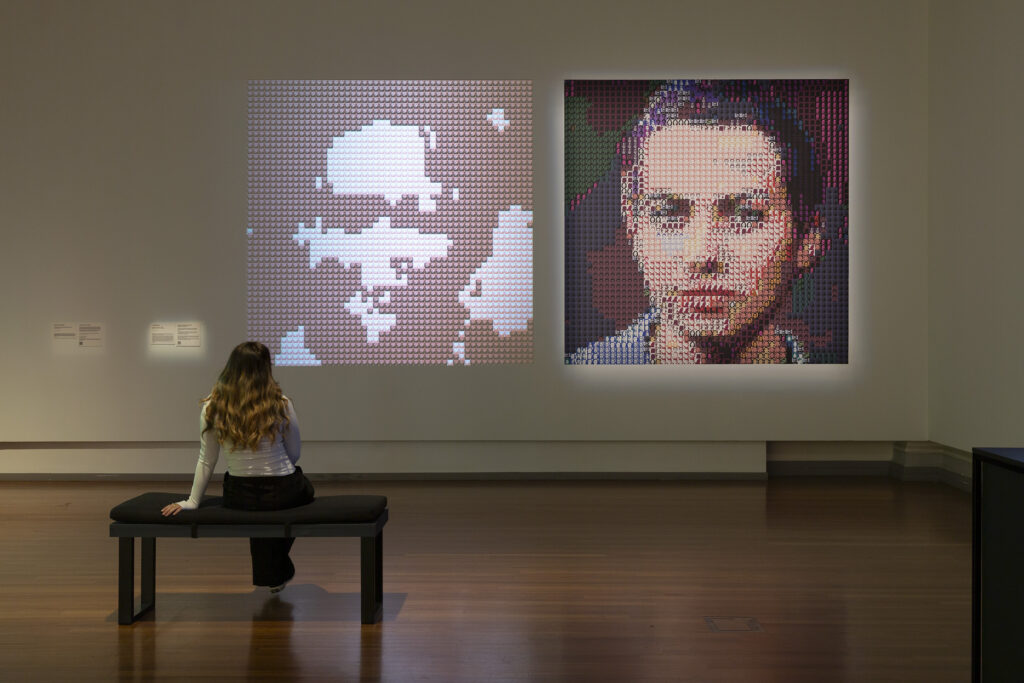
I will be showing Gender Tapestry at NeurIPS 2023 and Execute_Photography. In the meantime, you can explore your own gender color via the website and see what the AI has to say about you.

Gender as a 3D colorspace
Try Gender Tapestry
You can receive your own gender color classification online!
